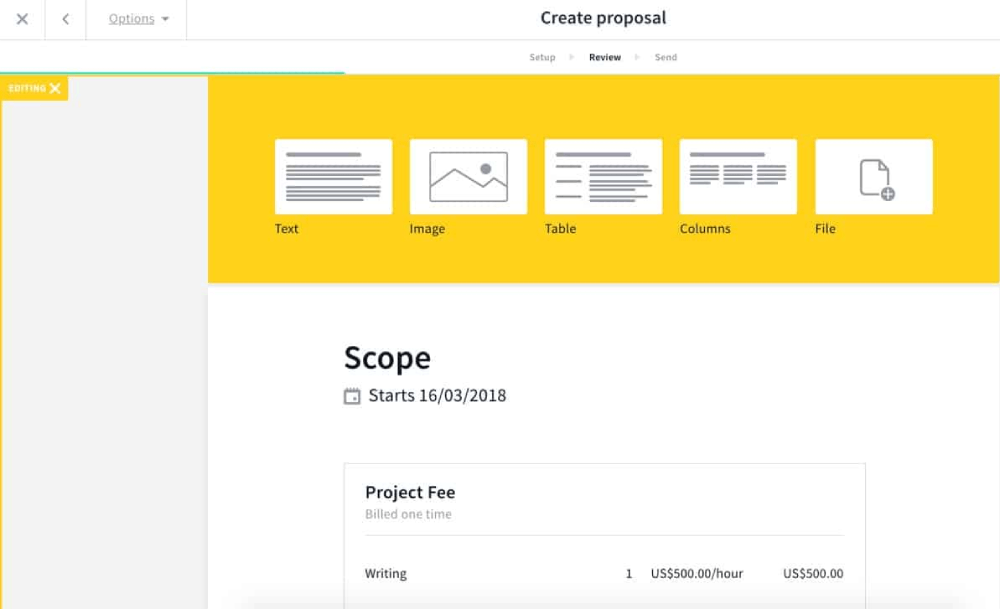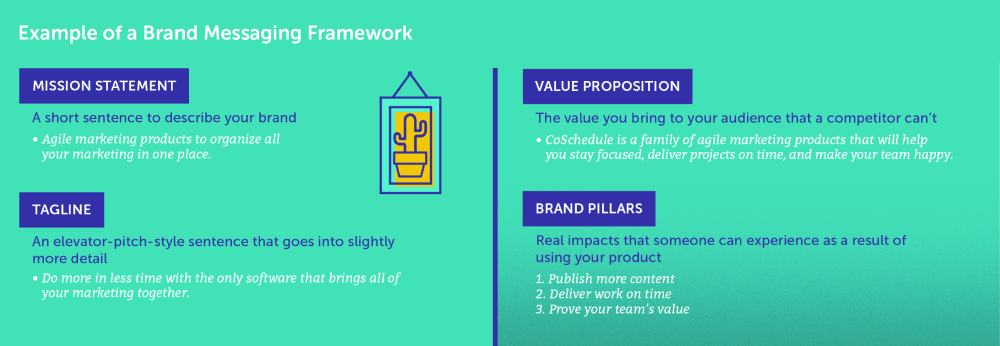Freelancers are in a new reality, where, on the one hand, the rules of engagement have completely changed, and on the other, there is more opportunity in the gig market than ever before.
But landing new clients and keeping them happy are two different things. Once you’ve acquired a new customer, the next step is comprehensive onboarding — but many freelancers overlook the need to optimize this important process, thinking that it’s better just to dive in and start delivering value.
Setting the tone right from the get-go has plenty of benefits. Good onboarding helps to prevent churn, maximize the chances of a referral, keep your gigs from taking over your life, and make sure your clients’ expectations are aligned with your own. And it’s all doable from start to finish with a refined, digitally-enabled client onboarding process.
Check out these onboarding process tips and learn how to do it right.
Get Aligned With a Solid Proposal
The first step in onboarding a newly acquired freelance client is to offer an initial proposal and detailed price quote that will be the basis for an official contract. Sure, you can sell your services simply by talking about what makes you the right person for the job and outlining the specifics of the work you intend to perform, but it’s worth thinking about your proposal as being a pre-contract of sorts.
Ideally, your project proposal should outline goals, expectations and anticipated outcomes, just as it suggests actionable steps and deliverables for achieving these outcomes. And if you use a tool like AND.CO, which has a powerful free version, to do this, then it’s likewise easy to generate a binding contract out of your proposal, with just a few clicks.

Source: AND.CO
If you handle onboarding in this manner, you’ll likely have some back and forth with the client before finding a mutually agreeable compromise between effort and resources, but it’s worth the effort, because in the end, you’ll have a customer who truly understands and signs off on what you intend to do.
And once you’ve arrived at a clearly defined agreement, formulating an official service contract will be much easier, saving you valuable time and preventing misalignment at the next step of the onboarding process.
Get It in Writing
The sales funnel with a new client isn’t over until it’s made official with a contract. If you’ve already gone through finalizing a detailed project proposal, then getting a proper commitment nailed down shouldn’t be too difficult. Be clear about pricing, payment schedules, timelines and deliverables so that both you and your client are protected and in agreement.
Aside from a signed contract, other documents you may need to get your client to sign include sales invoices or non-disclosure agreements. These may be required during onboarding or during the project, and delays in signing can cause delays.

Source: WiseStamp
In today’s complex environment, it isn’t always possible to meet in person to sign documents, but fortunately, tech-enabled solutions enable online signatures so you can get started without waiting.
Nowadays it’s a breeze to generate a downloadable digital version of your hand signature for all your needs. WiseStamp’s free solution, for example, allows you to draw your signature on your touchscreen or your laptop’s trackpad, and then download it for use in the pdf editor or e-signature app of your choice.
Get to Know Your Client
Once you’ve signed a contract and any other necessary documents, sending your new client an onboarding questionnaire will help you better understand what the expectations and goals for the project are. Asking your client to answer some survey questions in a simple online form will streamline project management and provide detailed insight to direct your workflow.
Onboarding questionnaires also help clarify what the client’s vision is to avoid misunderstandings down the line.

Source: Typeform
Typeform’s interface is great for this, as it looks great across devices and integrates well with all the other tools in your stack. What’s more, their library of templates gives you a solid starting point for creating your own questionnaire. No need to build it from scratch.
Once you’ve got it set up, you can use the same survey for every client, asking questions that help you better understand and plan your project strategy. This is an opportunity to really get to know your new clients so you can keep your efforts on target.
Kick It Off With a Call
An important step in the onboarding process is to invite your client to a kickoff meeting to review the project plan. This initial interaction builds trust and creates an opportunity to fill in any gaps in the questionnaire results.
A kickoff call sets the tone for continued engagement, so be prepared to ask questions and present your business goals, timeline, and step-by-step strategy. Many freelancers work remotely, so meeting clients is often done by video call. One benefit of this platform is the ability to record video calls for later reference, for example when preparing a detailed strategy document for client approval.

Source: Google Meet
You can also refer back to the kickoff call throughout the project to touch base with the client’s vision. Using any number of platforms, it’s usually simple enough to record a video call so you can revisit it and gain insights at your own pace.
Document Your Strategy
The final step in a streamlined client onboarding process is to generate a detailed strategy document outlining the project scope and objective. This document also finalizes the specifics for the project according to all of the information gathered throughout the onboarding process. From the first proposal to the kickoff call, it’s all been building up to this.

Source: CoSchedule
When you are working with numerous clients, using a templated strategy document ensures that you stay organized and on top of every project while keeping clients aligned with your work process and your work process aligned with their goals. For example, if your work involves marketing writing, as mine does, it can be useful to crystalize a documented brand messaging framework before dicing in to any actual writing. CoSchedule offers a great template for this.
Get your client to sign off on the strategy doc, with the information there repurposed from the questionnaire responses and onboarding call’s key takeaways, and you’re ready to knock it out of the park.
Check Every Box, Every Time
A great client onboarding process can build trust, smooth project management, and prevent churn — but it can be easy to overlook steps in the excitement of starting a new project. One way to ensure that you are checking all the boxes is to create an onboarding process checklist for yourself.

Source: Process Street
Prevent unnecessary lag time, human error and wasted resources by incorporating a checklist into your tool stack. Using Process Street’s tools, you can map it out, write it down, and use automation triggers to ensure flawless client onboarding execution.
Go Get ’Em
It may not seem like it on the surface, but the pandemic is creating new opportunities for many people — including freelancers. The marked growth of the global gig market means that there are new clients to be found, and kept, as long as you do it right.
A scalable, excellent client on-ramp is key to growing your business, because without a streamlined onboarding process, it can be hard to stay aligned and keep clients engaged. Creating a comprehensive, step-by-step process that builds trust, clarifies goals and workflow, and keeps you on track, is vital to your success. Implement these onboarding process tips so you can confidently meet and surpass your client’s expectations while saving time and resources.
This is a Contributor Post. Opinions expressed here are opinions of the Contributor. Influencive does not endorse or review brands mentioned; does not and cannot investigate relationships with brands, products, and people mentioned and is up to the Contributor to disclose. Contributors, amongst other accounts and articles may be professional fee-based.

